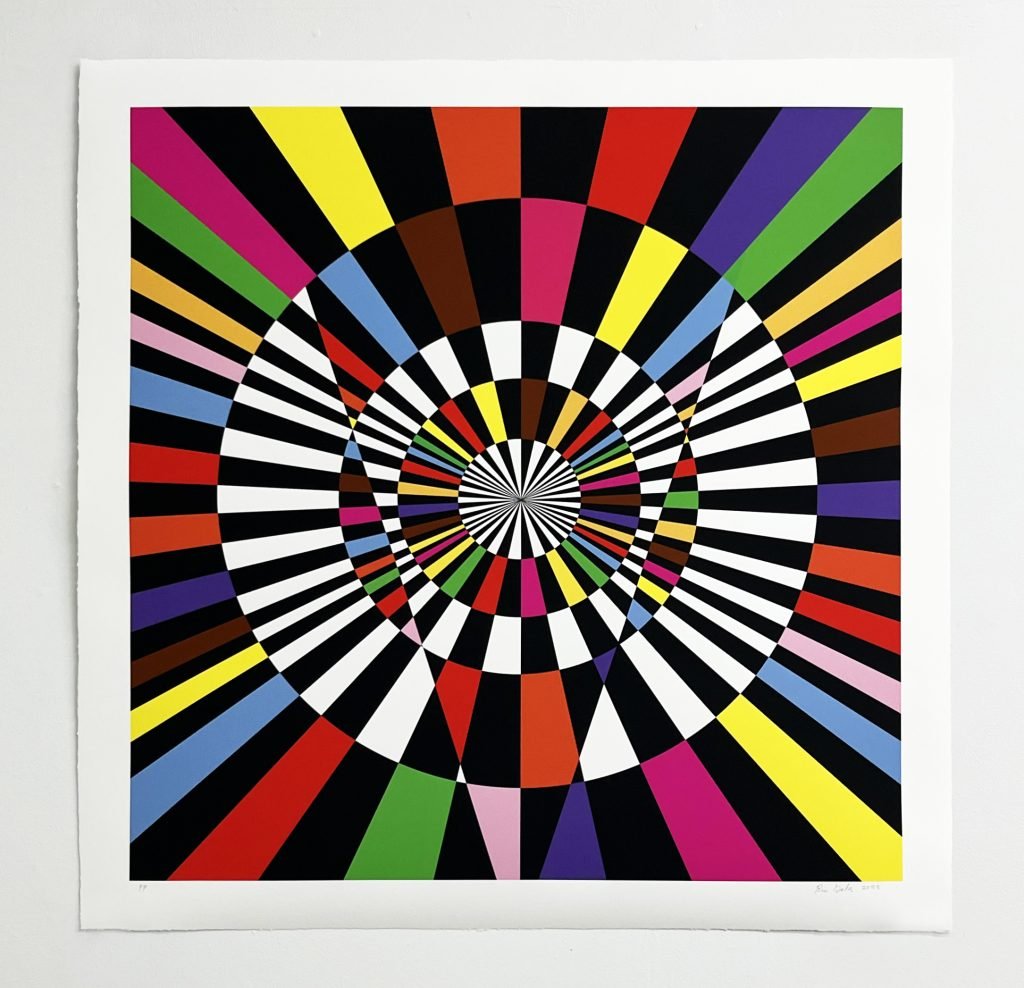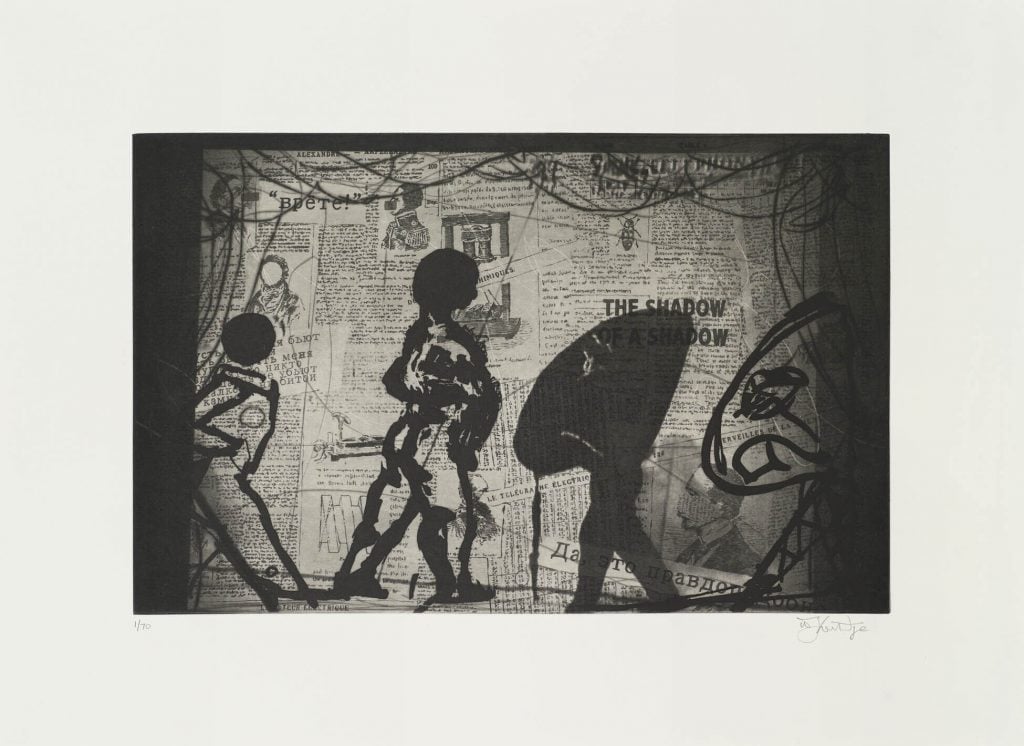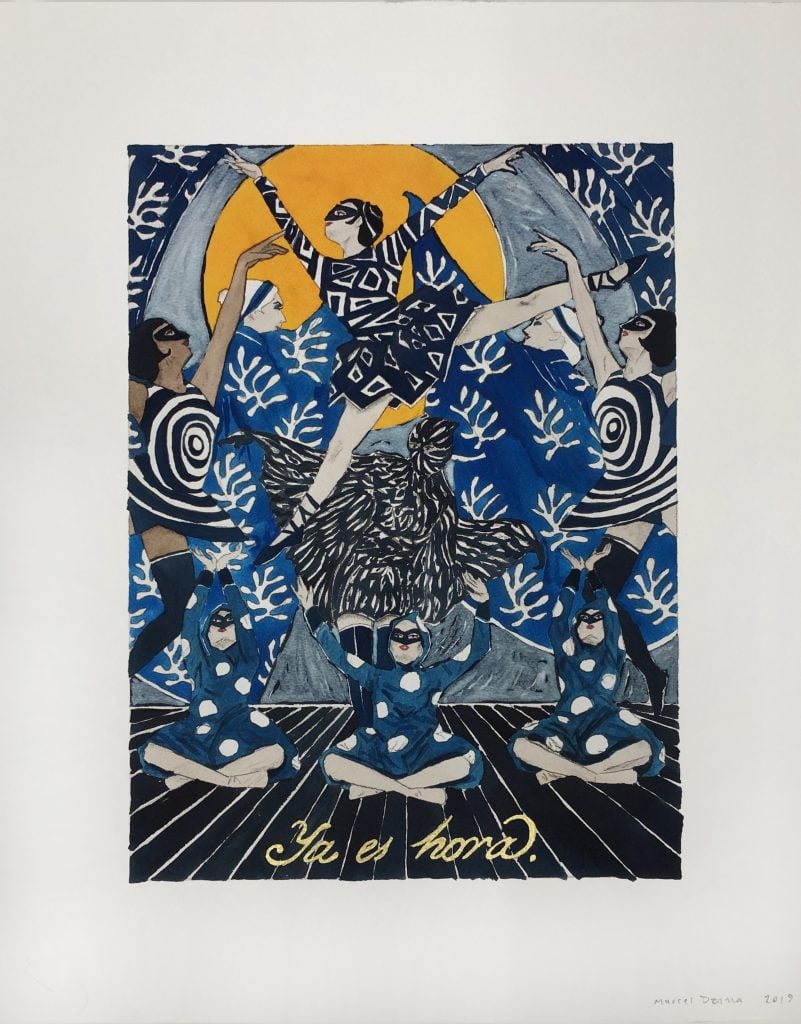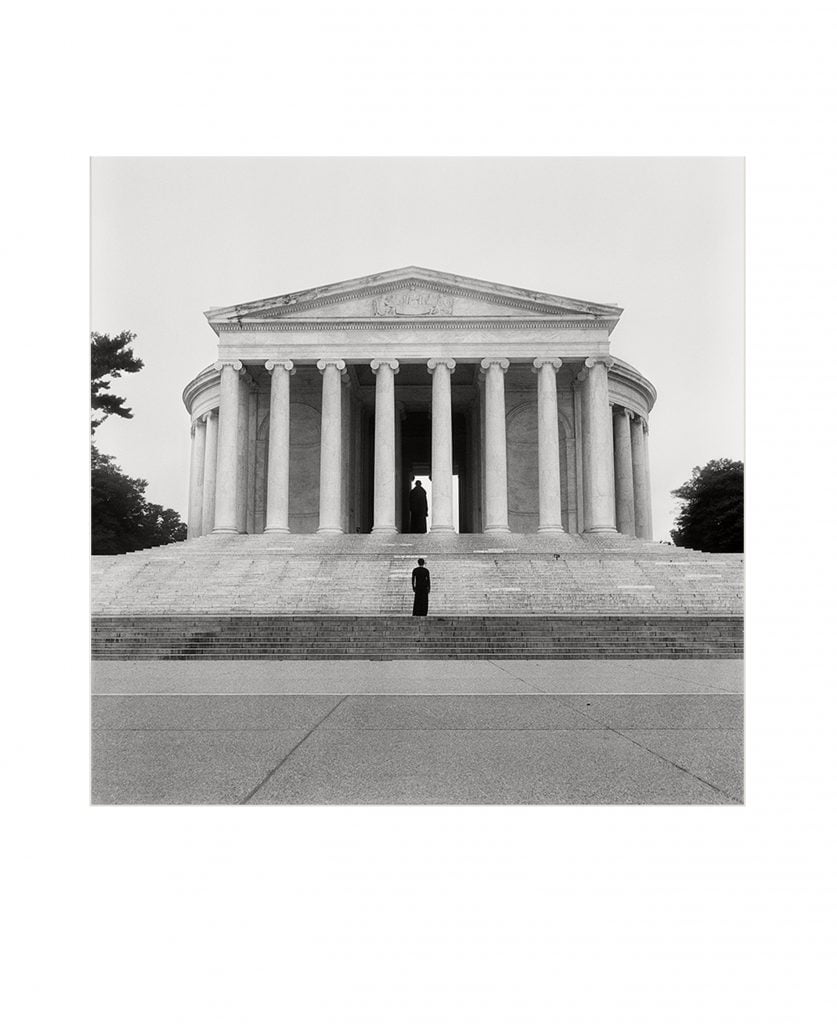Gallery Network
6 Questions for Lincoln Center Editions’s Kristina Huntington on Bridging the Visual and Performing Arts
Artists from Helen Frankenthaler to Carrie Mae Weems have collaborated with Lincoln Center Editions.

Artists from Helen Frankenthaler to Carrie Mae Weems have collaborated with Lincoln Center Editions.

Artnet Gallery Network

Formerly known as the Vera List Art Project, Lincoln Center Editions was founded in 1962 and has become a dynamic and evolving facet of New York’s Lincoln Center for the Performing Arts. Developed with the idea that art has the capacity to not only transform spaces but shape ideas and compliment other art forms, since its inception Lincoln Center Editions has maintained a tradition of collaborating with some of the world’s leading artists—ranging from Andy Warhol to Vija Celmins—to produce limited-edition prints that benefit the myriad annual programs at Lincoln Center.
Commissioning preeminent artists offers a unique way of partnering the visual and performing arts, ultimately supporting and promoting each in an ongoing, sustainable way. We recently spoke with Lincoln Center Editions Director Kristina Huntington to learn more about the initiatives mission and how these artist collaborations work.

William Kentridge, The Nose (2010). Courtesy of Lincoln Center Editions.
Lincoln Center Editions has worked with over 150 artists, can you give us some insight into the program?
Philanthropist and art collector Vera List was the visionary who founded Lincoln Center’s art publishing program. During a visit to Paris in the 1960s, Vera was struck by the beauty of art posters promoting dance and theatrical performances around the city. Upon her return to New York, she spearheaded the project of commissioning abstract and Pop artists to celebrate Lincoln Center’s concert hall openings, film festivals, and performances. This poster initiative brought contemporary art onto the campus and into the streets for public enjoyment. The popularity of the posters further inspired Vera to publish limited-edition prints, beginning with James Rosenquist in 1970. Artists such as: Helen Frankenthaler, Jules Olitski, and Robert Motherwell contributed multiple, signature images over the years and are coveted by collectors today. The book Art at Lincoln Center by Charles A. Riley II catalogues the editions through 2009 and documents the renowned public art collection which Vera also championed.
Can you tell us a little bit about what goes into producing the editions?
The beauty of printmaking is that it is a collaborative process and since each project ranges in complexity, we encourage the invited artist to work closely with a master printer to best execute their desired result. Over the years, artists have been given access to print shops like Brand X Editions, Watanabe Press, and Lower East Side Printshop, among others.
For example, Helen Frankenthaler’s image Aerie (1995) required more than 90 screens to achieve subtle changes in color intensity. The artist Karen Kilimnik created an edition with hand-applied glitter and Carlos Rolón created his prints on glass with mirror backing for a luminescent effect.

Marcel Dzama, Ya es Hora (2019). Courtesy of Lincoln Center Editions.
What are some recent collaborations that have taken place with Lincoln Center’s programming and events?
We were fortunate to work with the brilliant multimedia artist Rico Gatson recently. His dynamic image, Untitled (Collective Light Power) (2023) commemorates Summer for the City, Lincoln Center’s ultimate New York festival. The image radiates positive energy with its concentric circle motif and projecting lines, inspired by the giant disco ball shining above Lincoln Center’s Iconic Revson Fountain, a welcoming beacon at the heart of Josie Robertson Plaza.
Do you have a favorite edition and if so, why?
In 2010, William Kentridge created the set designs and costumes for the Met Opera’s production of The Nose. The accompanying limited-edition was rendered as a photogravure and drypoint which illustrates both Kentridge’s printmaking skills and his signature style. I also love Marcel Dzama’s image, Ya Es Hora (2019), which was inspired by his set and costume designs for Justin Peck’s New York City Ballet The Most incredible Thing. I find these images very special because they represent the artists’ personal experiences with Lincoln Center.

Carrie Mae Weems, Jefferson Memorial (2015, printed in 2021). Courtesy of Lincoln Center Editions.
What do you see the role of art as in contemporary society? How do you see Lincoln Center Editions fitting within that role?
I think we can agree that art serves as an invaluable communication tool. At Lincoln Center, we are forging a future of greater accessibility to the arts through diverse programming, engagement with younger audiences, and a selection of free events across campus.
Our publishing initiative serves as a bridge between the visual and the performing arts, offering limited-edition prints to collectors and the design community as well as complimentary posters accessible to audiences at some of our festivals. Lincoln Center Editions is committed to promoting diverse artists that address our societal issues and celebrate cultural identity. Images created by luminaries such as Jacob Lawrence (1997), Sam Gilliam (2001), Glenn Ligon (2004), Lorna Simpson (2016), Carrie Mae Weems (2021), and Rico Gatson (2023) are integral to the program. Many of these editions are sold out, which is a testament to their gravitas in the canon of art.
Looking to the future, is there any news or a forthcoming project you can tell us about?
Yes, we are excited to commission new editions that will commemorate the annual Big Umbrella Festival for our neurodiverse community and their families this spring and Summer for the City Festival.
Learn more about Lincoln Center Editions and explore prints here.
